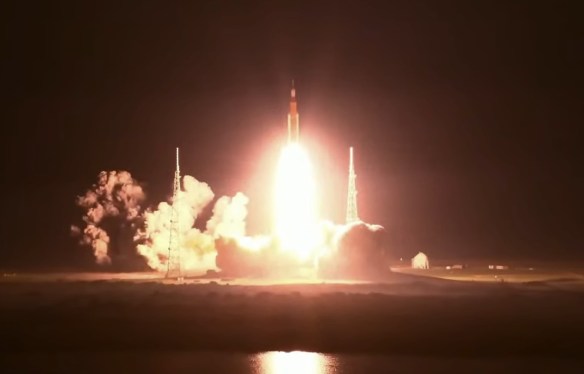The article discusses various updates and developments in the space industry. Here are some of the key points:
- Ariane 6: The European Space Agency’s Ariane 6 rocket has successfully completed its first launch with a commercial payload.
- SpaceX and Starship: SpaceX is making progress on its next-generation spacecraft, Starship, which is designed to take both people and cargo to the moon and Mars.
- Blue Origin: Blue Origin’s New Glenn rocket is set to debut in 2025, although the company has not provided an official launch date yet.
- Firefly Aerospace/Northrop Grumman: Firefly and Northrop are developing a medium-launch vehicle that will combine the best of both companies’ expertise.
- Rocket Lab: Rocket Lab’s Neutron rocket is expected to debut in 2025, with a payload capacity of 13,000 kg to low Earth orbit.
- Relativity Space: Relativity Space’s Terran R rocket is set to launch from Cape Canaveral in 2026, with a payload capacity of 16,300 kg to low Earth orbit (expendable).
- NASA and SLS: NASA’s Space Launch System (SLS) is still facing delays and cost overruns, but the agency is working to meet its current schedule for an Artemis mission in 2024.
- Private space companies: The article also mentions several private space companies, including SpaceX, Blue Origin, and Relativity Space, which are making significant progress in developing their own launch vehicles.
Some of the key takeaways from the article include:
- The space industry is becoming increasingly commercialized, with private companies playing a larger role in launching payloads into space.
- Reusability is becoming more common, with companies like SpaceX and Blue Origin working on reusable rockets that can significantly reduce the cost of launching payloads into space.
- NASA’s SLS program is still facing significant challenges, including delays and cost overruns, which could impact the agency’s ability to meet its current schedule for an Artemis mission in 2024.
Overall, the article provides a snapshot of the current state of the space industry, highlighting both the progress being made by private companies and the challenges facing NASA’s SLS program.




